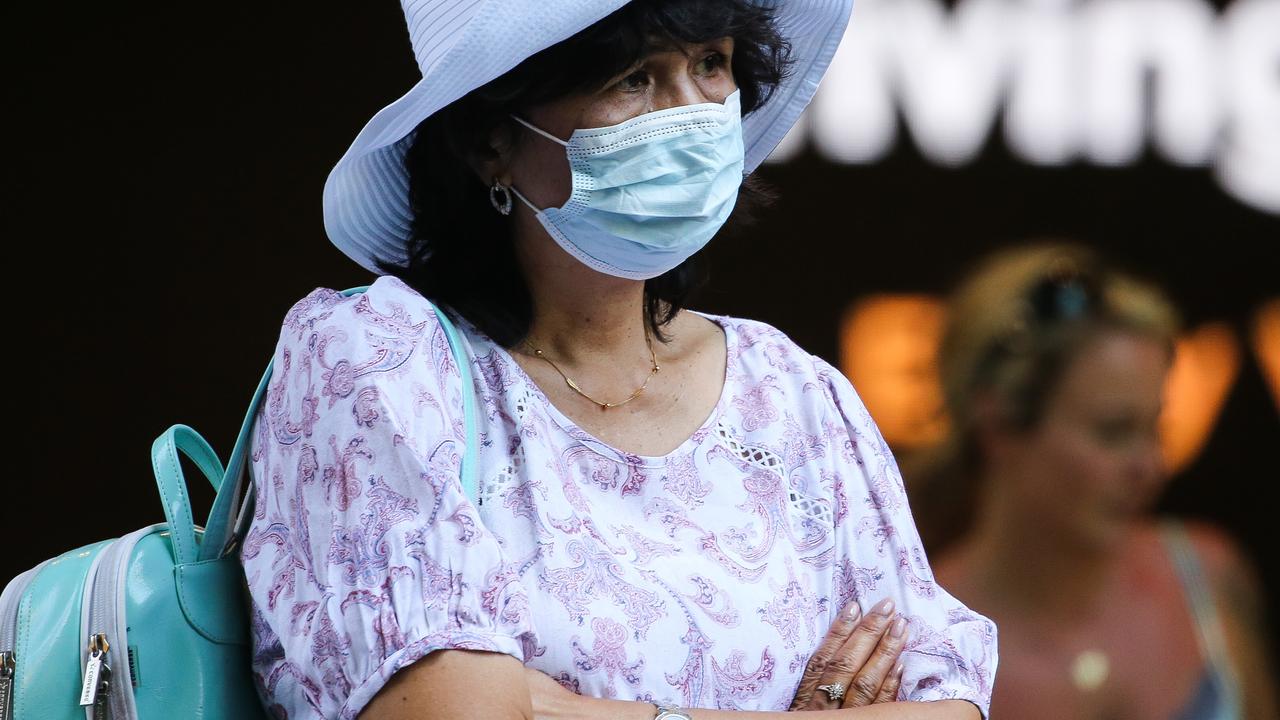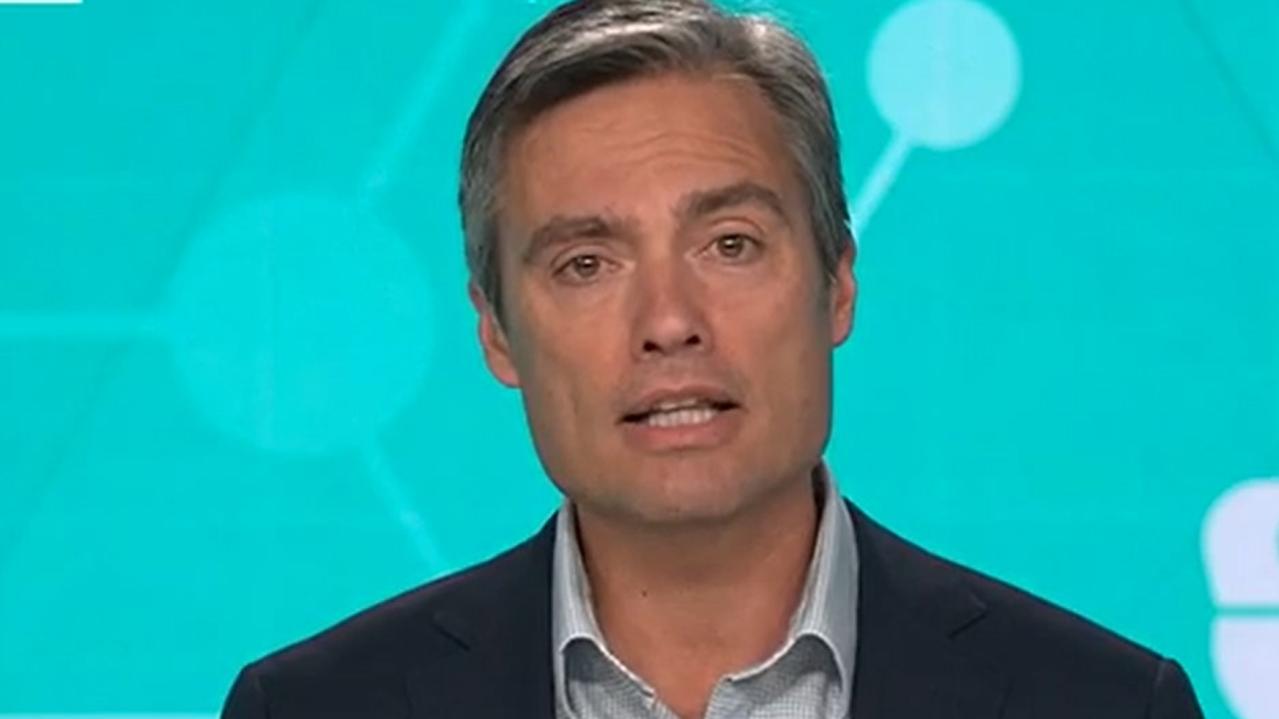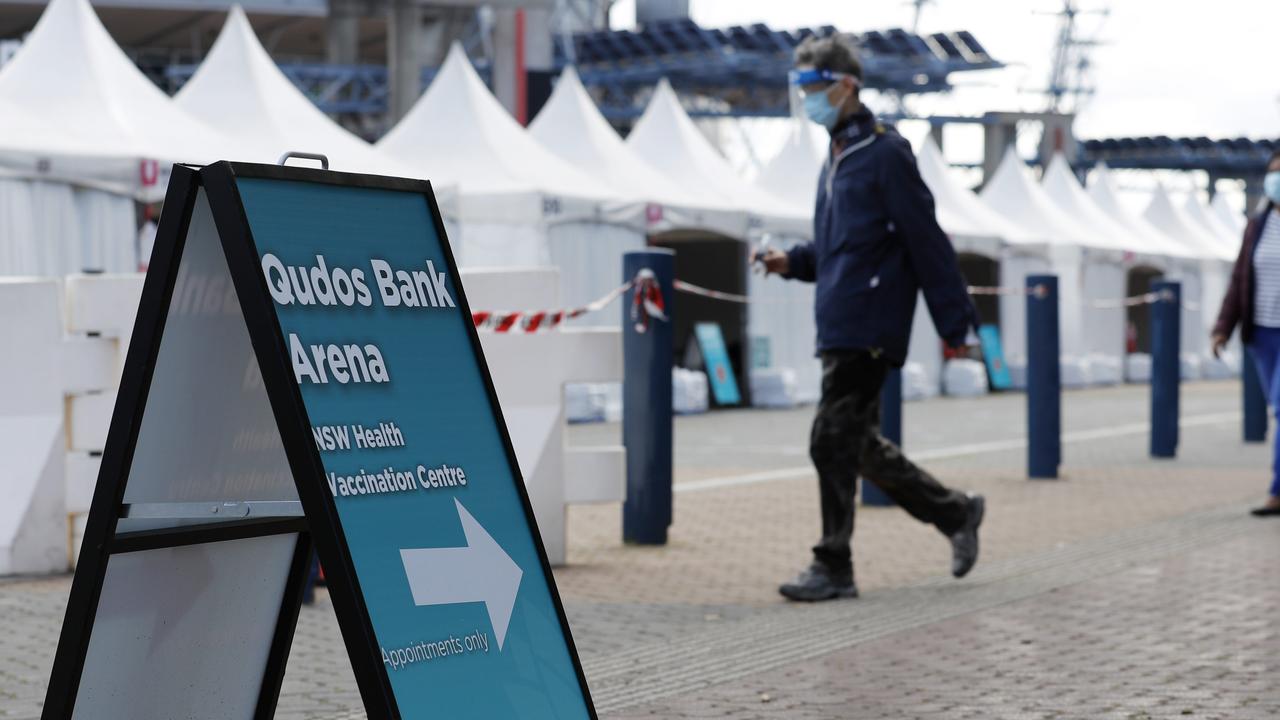Coronavirus: Big difference between outbreaks in Melbourne and Sydney
A key difference between Sydney and Melbourne’s virus outbreaks could see NSW avoiding a total lockdown.

Sydney is less at risk of going into lockdown than Melbourne due to key differences in how the virus is breaking out in each city, experts say.
Epidemiologist and World Health Organisation adviser Professor Mary-Louise McLaws said the situation in Melbourne was “incredibly unique” compared to Sydney.
RELATED: Follow our live coronavirus coverage
“We had highly interconnected family clustering. And that clustering was very big, with many people living in high density with close social and family connections,” she told the ABC.
“Sydney is at less risk than Melbourne.
“And given that the numbers have been relatively low, I hope they (NSW authorities) will be able to control it.”
In an interview with news.com.au last week, Prof McLaws said it would still be wise for NSW to implement tighter restrictions to quell smaller clusters before they become impossible to contain.
“I hope authorities will revisit the restrictions. We don’t want to be doing that later,” she said. “If we wait too long we will find it very difficult (to contain the virus).”
Governments around the world have been in a balancing act for months, trying to keep virus cases down without draining the economy by enforcing lockdowns.
If Sydney does manage to avoid a Melbourne-style lockdown, Prof McLaws said authorities should enforce compulsory mask-wearing and social distancing measures.
“If the government decides not to return us to restrictions, what they need to do is tighten up public gatherings, and have people wear masks on public transport and in work situations where they can’t keep their distance.”
RELATED: Australia passes 10,000 virus cases
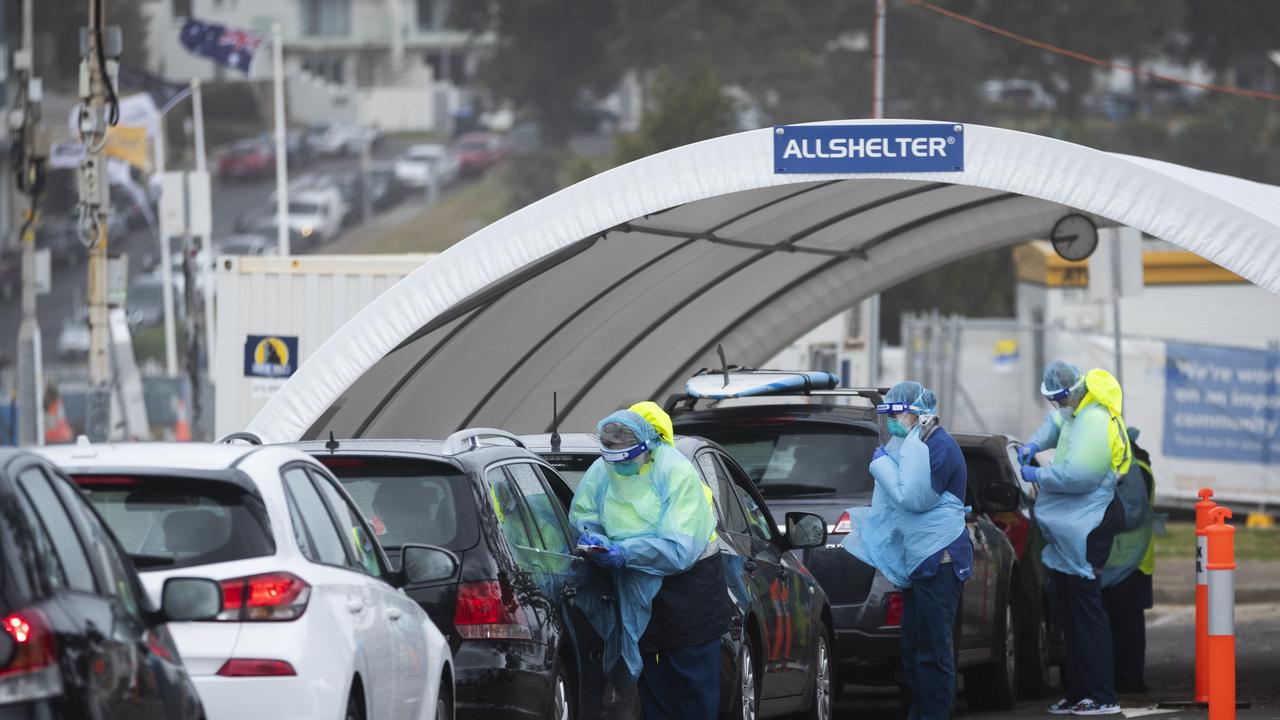
It comes as more COVID-19 cases are linked to a cluster at Sydney’s Crossroads Hotel.
There are now 21 coronavirus infections linked to the Casula pub, with NSW chief health officer Kerry Chant telling reporters today that the race was on to find “patient zero”.
“Investigations are ongoing as to the source,” Dr Chant said.
“It is very important we investigate this thoroughly, before disclosing what we think is the origins.”
Prof McLaws warned NSW is getting close to the “alert number” – the number of active cases that will see authorities too overwhelmed to conduct effective contact tracing.
She explained that if it gets to 100 cases in 14 days – not including returning travellers in quarantine – then cases could start to double and triple beyond that.
RELATED: Expected 20 per cent of cases to be hospitalised
RELATED: State scraps border opening with NSW
“Fourteen days is what epidemiologists use to look for zero cases when we are going for elimination, and it gives you a good idea of how in control you are,” she said.
Writing in The Conversation earlier this month, Prof McLaws used Victoria as an example, saying the state was a “slowly boiling frog”.
“Epidemiologists usually use the length of time an average person takes to become infected (the incubation period). If you use 14 days (roughly twice the incubation period) this approach is a classic epidemiological method to tell if an outbreak is getting out of control.
“Using this method, the two weeks up to June 18 suggested the spread was becoming out of control. From June 5 to June 18 the total number of cases was 102. Then the subsequent 14-day periods doubled to 224 cases and doubled again to 441 cases.
“As these numbers show, controlling the outbreak becomes extremely difficult once this number hits 100.”
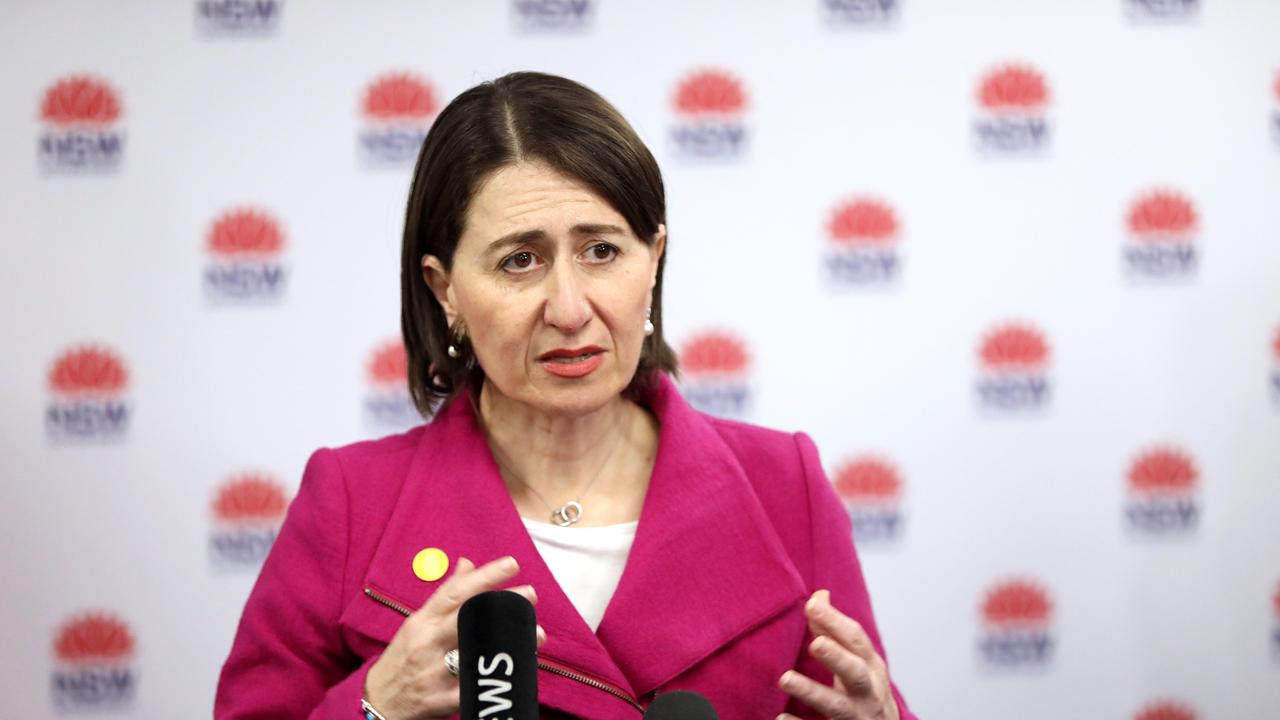
Prof McLaws noted just a few cases could “tip that alert number into outbreaks that will be very hard to control”.
Such an outbreak could see Sydney in a Melbourne-style lockdown, with people told to stay home unless they are exercising, shopping for essential items, visiting for caregiving purposes or going to work or school.
“The epidemiology shows it’s much easier to control small numbers, so we should act now rather than later,” she told news.com.au. “It’s very hard to go for a proactive approach because they don’t see the benefit, but now that (NSW authorities) are seeing what’s happening in Melbourne, they may be more prompted to act.”
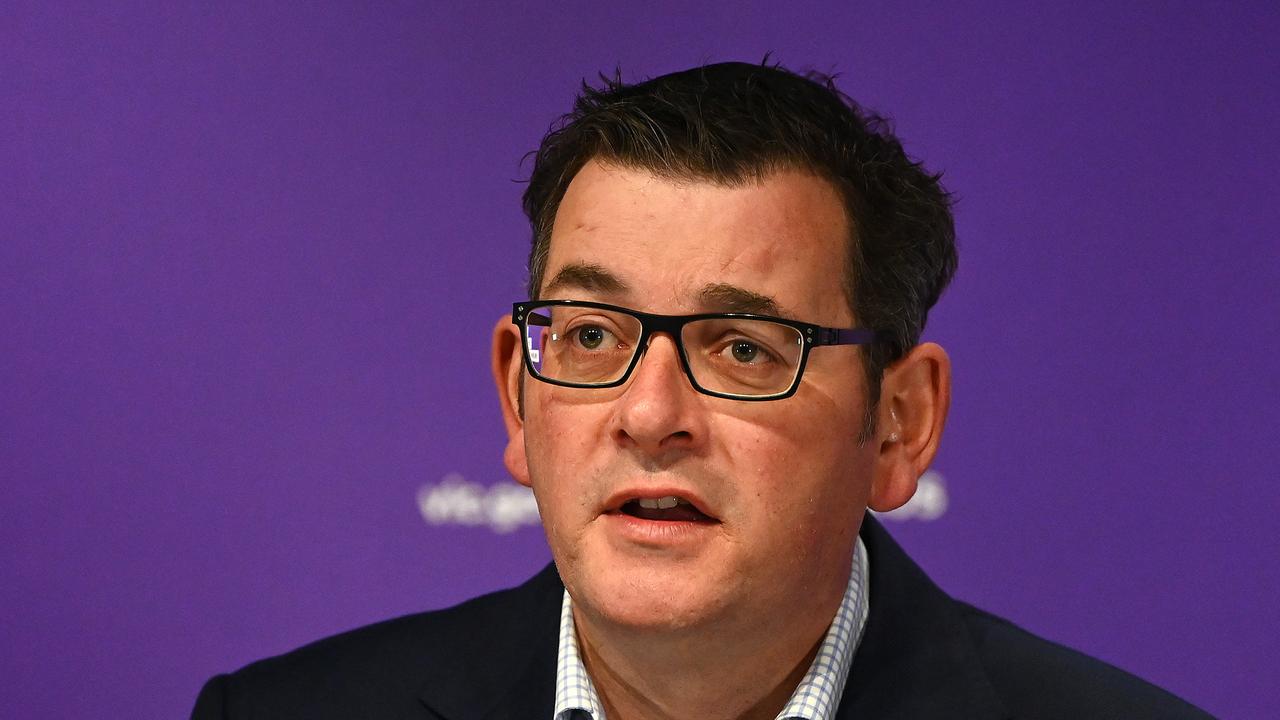
Sydneysiders who were at the Crossroads Hotel between July 3 and 10 were asked to self-isolate for 14 days and present for testing, with the outbreak marking a “critical point” in the future of NSW’s fight against coronavirus.
Victoria, meanwhile, has recorded 270 new coronavirus cases in the past 24 hours. Of those, 28 are connected to known and contained outbreaks and 242 of those are under investigation.
Premier Daniel Andrews said Victoria is facing a “wicked enemy”.
“It is so wildly infectious,” he said. “It moves so fast. It’s cunning in some respects where people can be infectious for quite some time and not know it – not have symptoms or, if they have symptoms, they’re so mild.
“That’s why, if you’ve got symptoms, you’ve got to come forward and get tested. There’s more than 150 test sites right across the state.”

